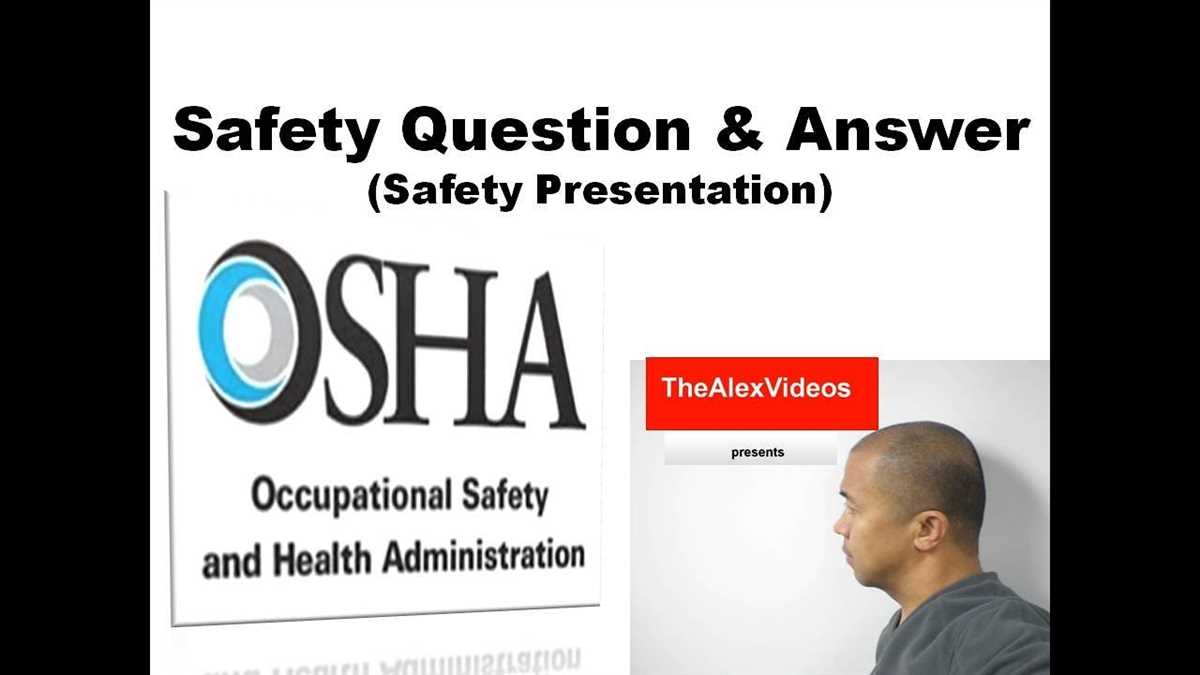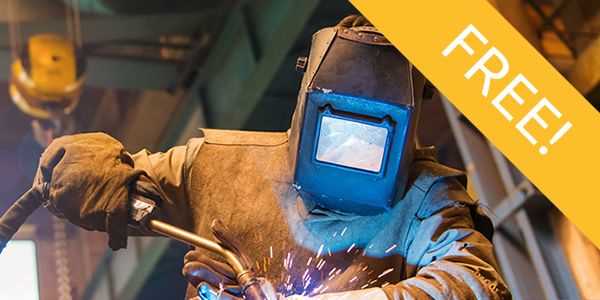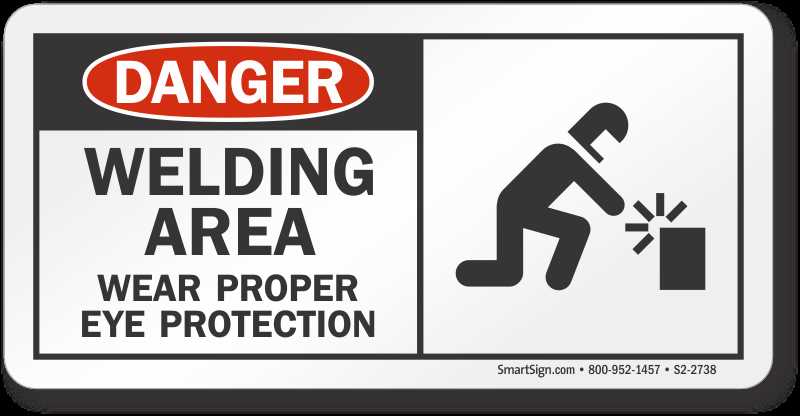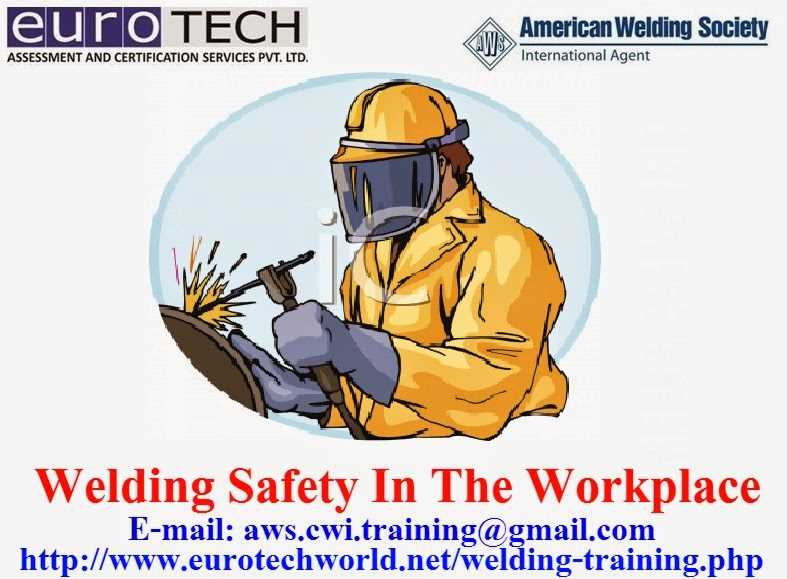
Welding is a process that involves joining two or more metal parts together using heating, melting, and cooling. While welding is a common practice in many industries, it also comes with its own set of risks and hazards. It is essential for welders to have a good understanding of welding safety to ensure their well-being and the safety of others in the work environment. In this article, we will provide answers to some common welding safety questions in a convenient PDF format.
Question 1: What are the most common hazards in welding?
Answer: Welding poses several hazards, including:
- Electric shock: Welding machines use high voltage electricity, which can be dangerous if not properly handled.
- Fire and explosions: The intense heat and sparks produced during welding can cause fires, explosions, and burns.
- Exposure to harmful substances: Welders can be exposed to toxic fumes, gases, and vapors from the welding process, which can result in health issues.
- Eye injuries: The bright light and intense heat generated during welding can cause eye injuries, including burns and damage from UV radiation.
- Physical hazards: Welding involves heavy equipment, moving parts, and the potential for falls, cuts, and injuries from flying debris.
Question 2: How can I protect myself from electric shock while welding?
Answer: To protect yourself from electric shock while welding, follow these safety measures:
- Ensure proper grounding: The welding machine should be properly grounded to prevent the risk of electric shock.
- Wear safety gloves and boots: Use insulated gloves and wear rubber-soled boots to reduce the chance of electrical conductivity.
- Avoid wet conditions: Welding in wet conditions increases the risk of electric shock, so ensure the work area is dry.
- Inspect cables and connectors: Regularly check welding cables and connectors for any damage or wear. Replace them if necessary.
- Do not touch live parts: Avoid touching the electrode and the workpiece simultaneously, as it can create a dangerous electric circuit.
Question 3: How can I protect myself from harmful substances during welding?
Answer: To protect yourself from exposure to harmful substances during welding, follow these guidelines:
- Use proper ventilation: Ensure the work area is well-ventilated to reduce the concentration of fumes and gases.
- Wear respiratory protection: Use a welding helmet with an appropriate filter and a respirator to protect against airborne contaminants.
- Avoid welding in confined spaces: Confined spaces can trap toxic fumes and gases, so avoid welding in such areas whenever possible.
- Use welding curtains or screens: Install barriers, such as welding curtains or screens, to prevent the dispersion of fumes and gases to other work areas.
- Familiarize yourself with Material Safety Data Sheets (MSDS): Understand the hazards associated with the materials you are working with and follow the recommended safety precautions.
Question 4: How can I protect my eyes during welding?

Answer: Protect your eyes during welding by taking these precautions:
- Wear a welding helmet: Invest in a high-quality welding helmet that provides proper UV and IR protection.
- Ensure the helmet is properly shaded: Adjust the helmet’s shade setting according to the welding process and materials you are working with.
- Use safety glasses: Wear safety glasses with side shields under your welding helmet to provide additional protection.
- Inspect your helmet regularly: Check the helmet for any cracks, scratches, or damaged lenses, and replace them if necessary.
- Seek medical attention if needed: If you experience any eye discomfort or vision problems, seek immediate medical attention.
By following these safety measures and guidelines, welders can minimize the risks associated with welding and create a safer work environment for everyone involved. Remember, welding safety should always be a top priority.
Welding Safety Questions and Answers PDF: Conclusion

Welding safety is a vital aspect of any welding operation. It ensures the protection of workers and the prevention of accidents, injuries, and property damage. In this article, we have provided answers to some commonly asked questions related to welding safety.
Key Takeaways:

- Welding safety involves various measures such as wearing appropriate personal protective equipment (PPE), maintaining a safe work environment, and following proper welding procedures.
- PPE for welding includes welding helmets, gloves, aprons, and safety glasses to protect against arc rays, sparks, and flying debris.
- Proper ventilation and respiratory protection are essential to prevent inhalation of harmful fumes and gases produced during welding.
- Inspecting equipment, using a welding curtain or screen, and practicing good housekeeping can help maintain a safe work environment.
- There are several hazards associated with welding, including electric shock, fire and explosions, burns, and eye injuries. It is crucial to be aware of these hazards and take appropriate precautions to minimize the risks.
By understanding and implementing the safety measures discussed in this article, welders can ensure a safe and productive working environment. It is important to regularly review and update welding safety practices to stay current with industry standards and regulations.
For more in-depth information on welding safety, you can refer to the Welding Safety Questions and Answers PDF provided. Remember, prioritizing safety is key to a successful and incident-free welding operation.